- +86 139 6342 5310
- [email protected]
- 140 Wenhua South Road, Laiwu District, Jinan City, Shandong Province
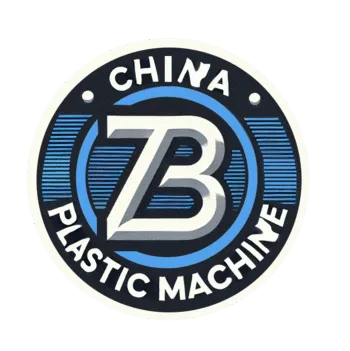

If you are interested in cooperation, please contact us immediately, we will give you feedback as soon as possible!
PLA + PBAT degradable plastic film unit is the “pioneer of film making” in green agriculture. The unit adopts intelligent temperature control, precise co-extrusion and other technologies, perfectly adapts to PLA and PBAT raw materials, and efficiently produces plastic film with good puncture resistance and water permeability. The whole process is automated and easy to maintain, and the plastic film made can be naturally degraded, putting a “new coat” of environmental protection on the farmland.
![]() Whatsapp : +8613963425310
Whatsapp : +8613963425310
![]() Email : [email protected]
Email : [email protected]
| Aspect | Details |
|---|---|
| Function | Specifically designed to manufacture PLA (polylactic acid) + PBAT (polybutylene adipate terephthalate) degradable plastic films. These films offer a more eco-friendly alternative to traditional petroleum-based plastics, gradually breaking down into harmless substances like water, carbon dioxide, and biomass under specific environmental conditions, reducing environmental pollution from plastic waste. |
| Components | – Extrusion System: Incorporates high-precision twin-screw extruders. The screws are configured to thoroughly mix the PLA and PBAT polymers, ensuring uniform distribution for consistent film quality. – Die Head: A specialized flat die head that shapes the molten polymer blend into a thin, flat film. It has adjustable apertures to control film thickness, typically ranging from 0.01mm to 0 – 0.1mm. – Cooling Unit: Utilizes air or water cooling mechanisms. After extrusion, the hot film passes through cooling rollers or air vents, quickly solidifying the plastic and setting its mechanical properties. – Winding Unit: Neatly winds the finished degradable film onto rolls, enabling convenient storage, transportation, and subsequent use in packaging or agricultural applications. |
| Materials Processed | Mainly PLA, which is a biodegradable polyester derived from renewable resources such as corn starch or sugarcane, and PBAT, a flexible and tough polyester with good processability. These polymers are often blended in different ratios according to the desired film properties. |
| Production Capacity | Varies depending on the scale of the unit. Smaller, laboratory-scale units may produce only a few kilograms per hour, while large industrial units can churn out hundreds of kilograms per hour, catering to diverse market demands from small local producers to large packaging companies. |
| Advantages | – Environmental Friendliness: Degrade over time, alleviating the long-term burden of plastic waste in landfills and oceans. – Renewable Resources: Made from plant-based materials, reducing reliance on finite petroleum resources. – Versatility: Can be used for packaging, agricultural mulch, and food wrapping, with good barrier properties similar to traditional plastics in many cases. |
| Limitations | – Higher Cost: Currently, the production cost of PLA + PBAT polymers is higher than that of conventional plastics, leading to more expensive end products. – Incomplete Degradation: In sub-optimal environmental conditions, such as low humidity or improper soil types, full degradation may not occur promptly, leaving behind residues. |
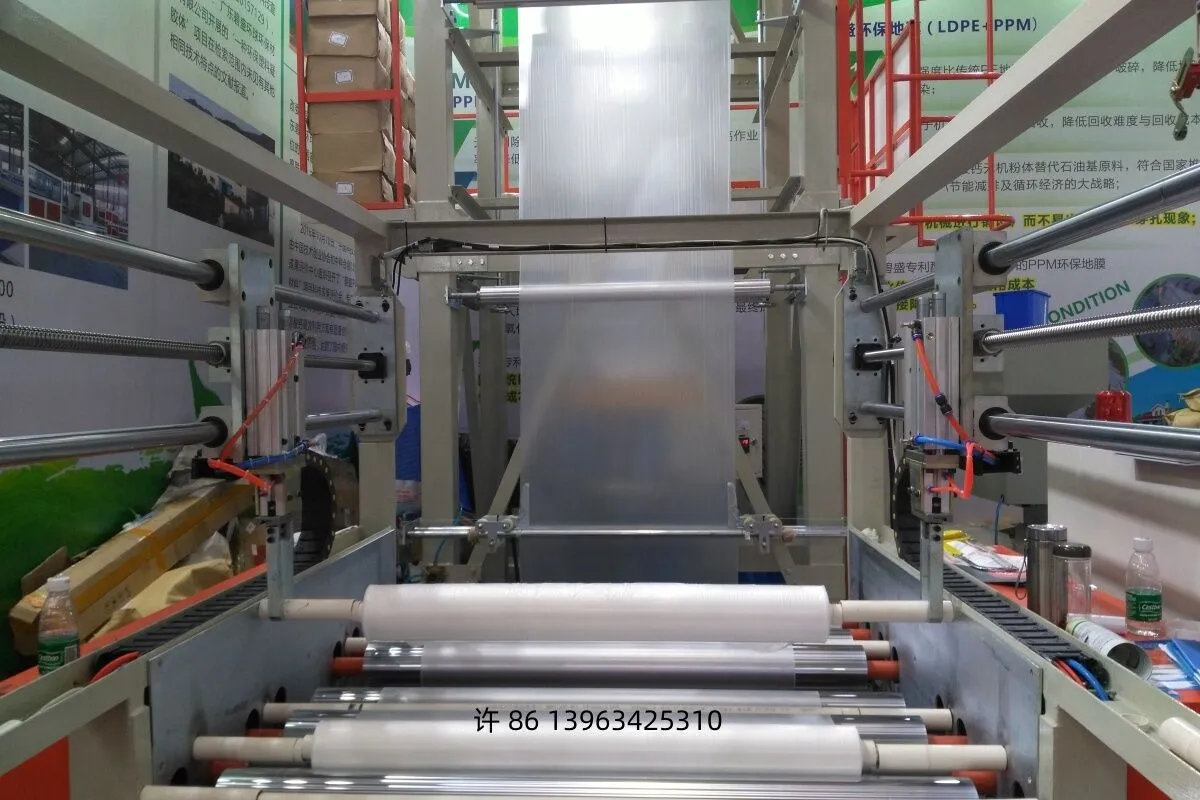
Degradable materials: PLA (polylactic acid) and PBAT (polyadipic acid/butylene terephthalate) are used as raw materials, which can be gradually degraded in the natural environment after use and become harmless substances such as water and carbon dioxide, reducing “white pollution” from the source, in line with the development trend of green agriculture.
Strength and toughness: The combination of the two raw materials allows the plastic film to combine the rigidity of PLA and the flexibility of PBAT, with strong tensile and puncture resistance. It is not easy to be damaged during laying, and can stably protect the soil and crops during the service cycle.
Good water permeability: It can maintain appropriate soil moisture, preventing water from evaporating too quickly and avoiding water accumulation, creating a good water environment for crop roots.
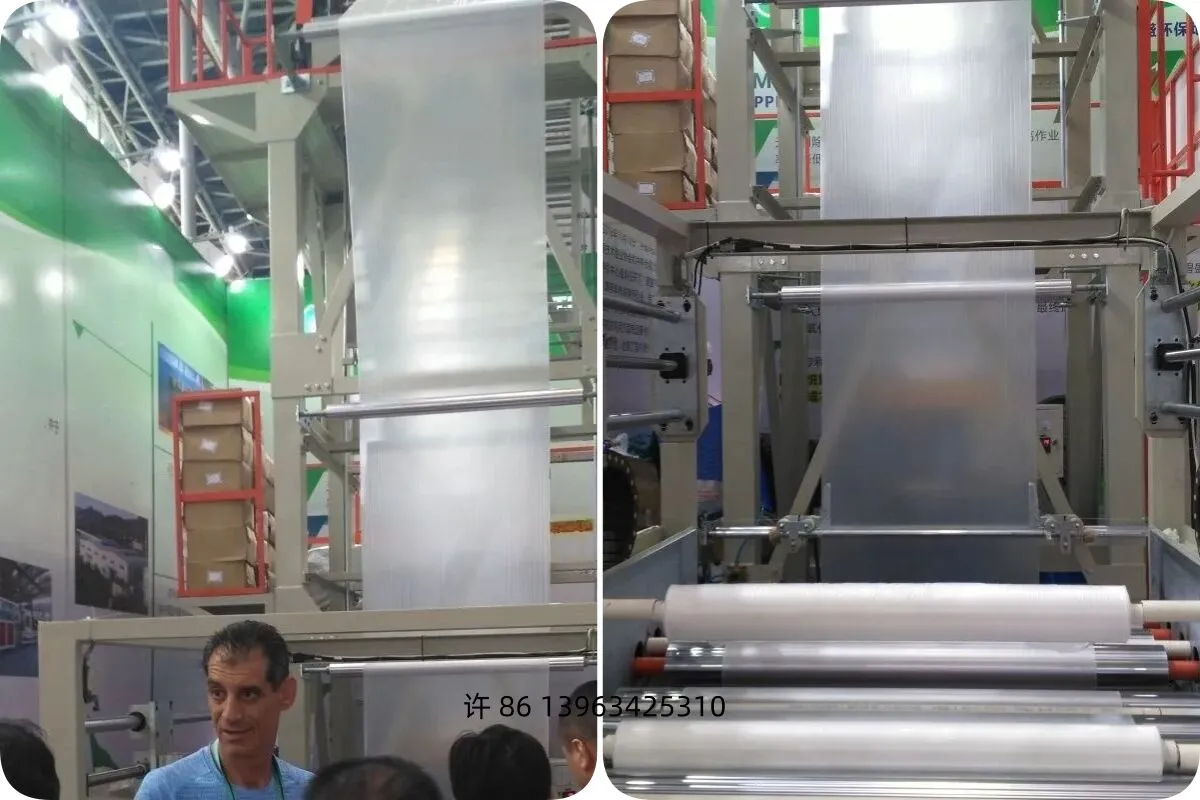
Raw material adaptation: Precise screw and barrel design, excellent compatibility with different proportions of PLA and PBAT raw materials, as well as various additives added, allowing for flexible adjustment of film performance.
Variety of specifications: It can produce mulch films of different thicknesses and widths to meet the growing needs of various crops, from the fine cultivation of vegetables to large-scale grain cultivation.
Easy to operate: With a user-friendly operation panel, workers can easily adjust key parameters such as temperature and traction speed, lowering the operating threshold and shortening the training time.
Convenient maintenance: The layout of key components is reasonable, the maintenance space is abundant, and the replacement of general components is convenient, reducing the downtime of equipment failures and ensuring the continuity of production.
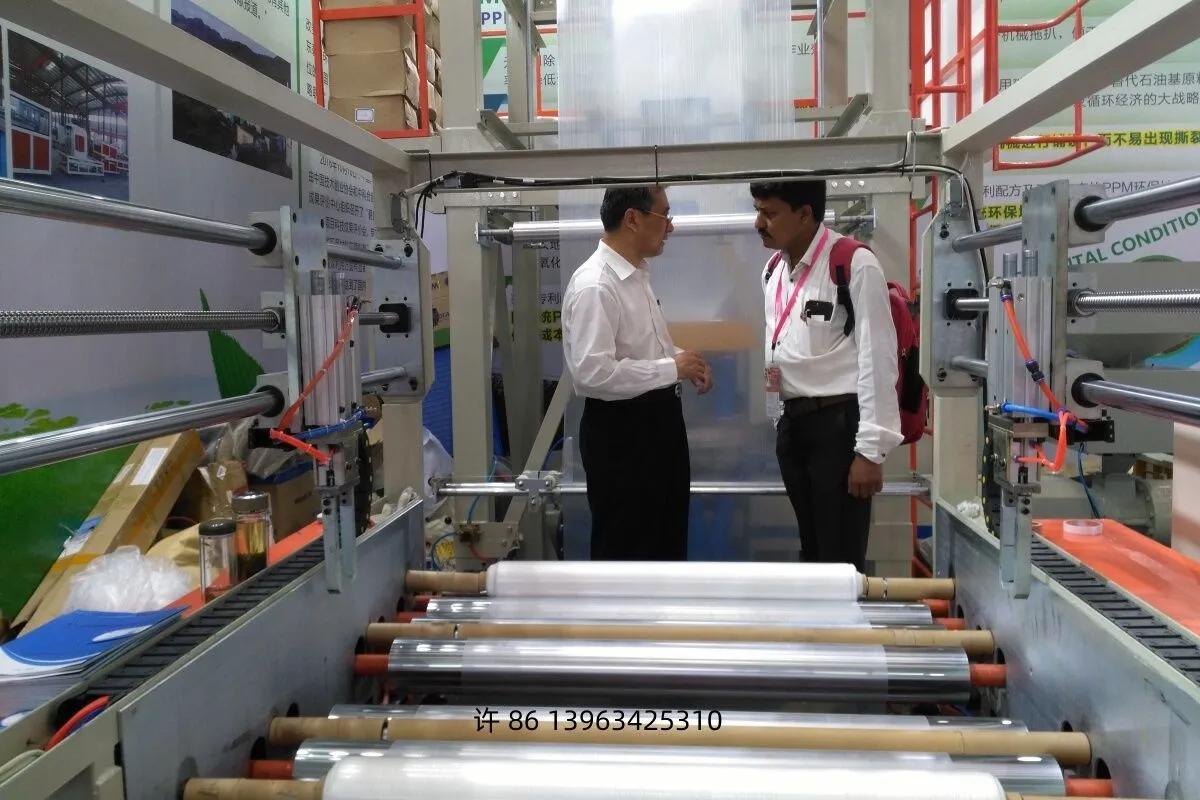
PLA + PBAT degradable plastic film units find key uses. In agriculture, they replace non-degradable mulch. Farmers spread it over fields for crops like peppers and eggplants. Post-harvest, instead of costly mulch cleanup, it degrades into harmless substances, saving time and protecting the soil. For food packaging, it wraps bakery goods and fruits. It blocks oxygen and light well, extending shelf life while appealing to eco-minded consumers. E-commerce also benefits; it forms shipping bags. These films cushion items during delivery and decompose later, lessening environmental impact compared to regular plastics.
Our PVC pipe production line can adapt to a wide range of environmental conditions. The recommended working temperature is 0 – 40°C, and it can operate normally with a relative humidity not exceeding 85%. If your factory has special environmental conditions, we can provide targeted protection solutions, such as installing temperature control equipment and moisture-proof treatment, to ensure the stable operation of the equipment.
The core components of our equipment are designed in a standardized manner, and common accessories are well-stocked. For domestic customers, the goods can be delivered within 3 – 5 working days after the order is placed. For specially customized components, we will closely cooperate with suppliers to ensure delivery within 15 – 20 working days, minimizing the impact on your production.
Certainly! We not only provide equipment but also share our accumulated production process experience according to your product requirements. Our technical experts will formulate detailed production process plans combined with the characteristics of the equipment and provide on-site guidance and optimization during the equipment debugging stage to help you produce high-quality products.
Our drip irrigation pipe production line is equipped with a fully automatic control system, enabling a full – process automation from raw material feeding to finished product winding. Compared with traditional production lines, it can reduce labor input by 60%. For example, a production line with a daily output of 2 tons only requires 2 – 3 operators to complete the production, significantly reducing labor costs.
Of course! For customers who make bulk purchases or purchase multiple product categories, we will provide tiered discount offers based on the specific purchase amount and equipment type. At the same time, we will also give away a certain number of vulnerable parts and extend the equipment warranty period, making your purchase more cost-effective.
We have fully considered noise control in the equipment design. Through optimizing the mechanical structure and installing sound insulation devices, the running noise is lower than the national industrial noise standard (≤85 decibels during the day and ≤75 decibels at night). The equipment’s energy consumption, exhaust emissions, and other indicators meet environmental protection requirements and have passed relevant inspection and certification, so you can use it with confidence.
The overall warranty period for our plastic machinery is 1 year, and the warranty period for core components is 2 years. During the warranty period, all costs for repairs and component replacements due to equipment quality problems will be borne by us, and you do not need to pay any additional fees. After the warranty period expires, we will still provide preferential maintenance services and component prices.
We cooperate with multiple financial institutions and can provide flexible financing plans for customers, such as installment payments and equipment leasing. You can choose the down payment ratio and repayment period according to your own financial situation to ease financial pressure and smoothly introduce the equipment for production.
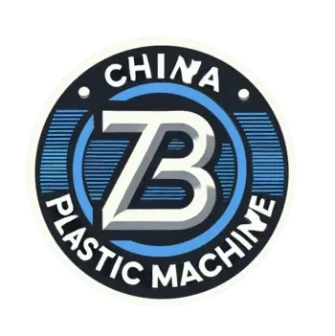
Customized plastic machinery experts help customers seize market opportunities with technological breakthroughs
Welcome to Z.B.Q.Y. Plastic Machine